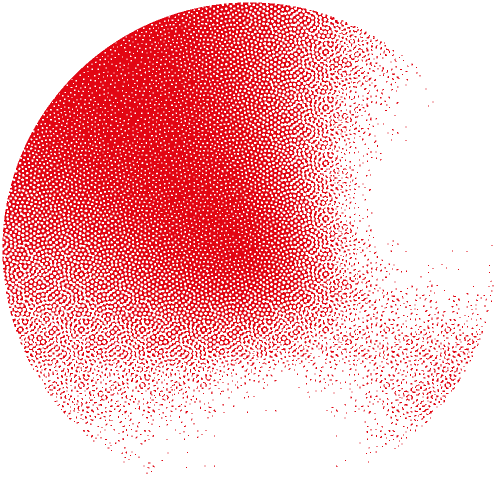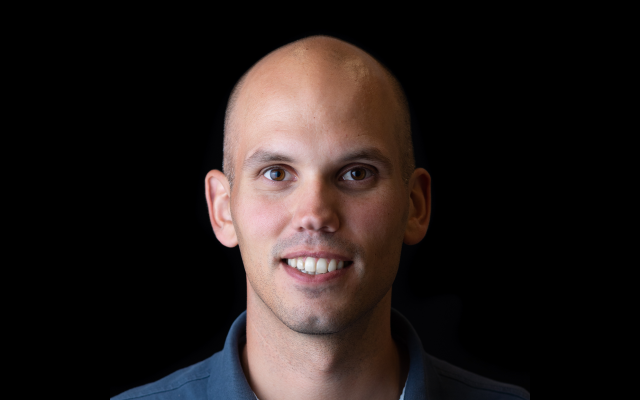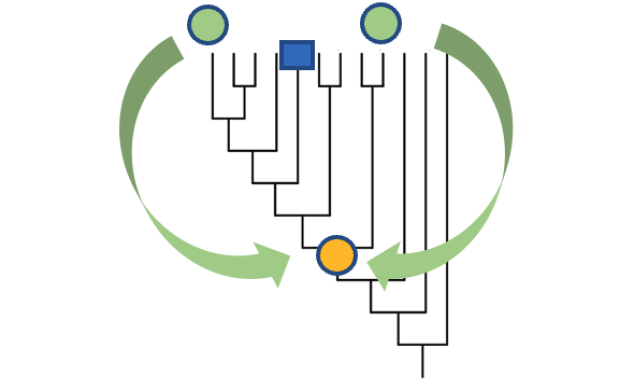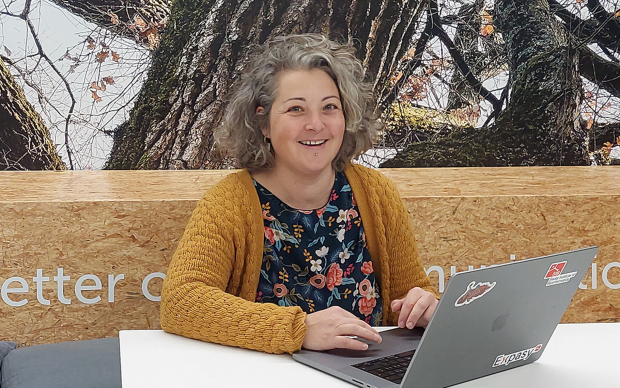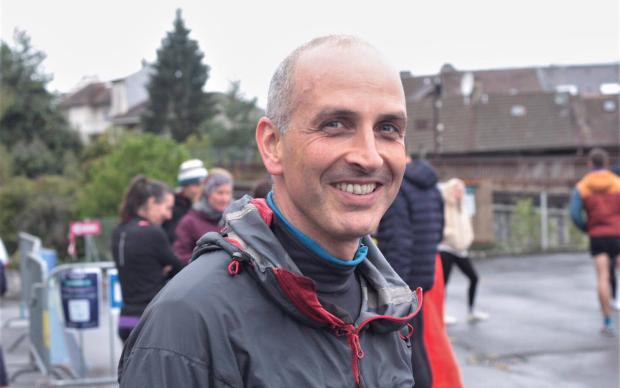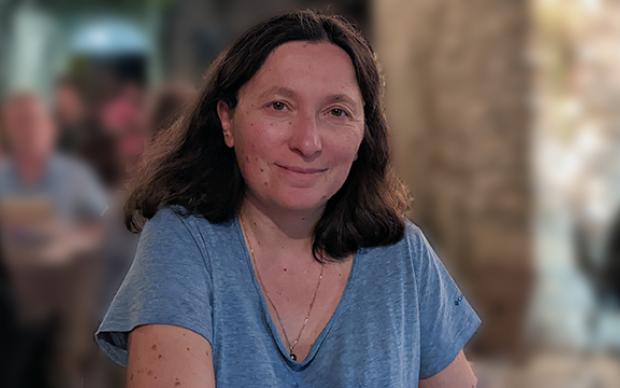“For an institute of 200 employees, SIB has a strong people-oriented culture, which is quite exceptional in the life science landscape”. Meet Geert van Geest, who joined SIB in 2020 as a computational biologist at the University of Bern and a trainer in SIB Training group. He shares with us how his career benefits from the complementarity between his two roles, as well as some of the projects of which he is particularly proud, around Open Science and FAIR Principles.
Quick auto-bio
I did my BSc, MSc and PhD in Wageningen, the Netherlands. There I mainly worked in the field of quantitative genetics and plant breeding. After that, I worked as a researcher at a flower breeding company for three years – where we used genomics and genetics to develop markers for disease resistance in several plant species. Since 2020, I work at SIB in two groups, as a computational biologist at IBU, at the University of Bern and as a trainer at the Training Group.
You work as a computational biologist at the University of Bern and a trainer at the Training Group. What does this double role bring to your career?
Working as both a researcher and a trainer has created a positive working environment that helps me grow in my career and make significant contributions to the field of bioinformatics. Both positions benefit from each other. At the Interfaculty Bioinformatics Unit (IBU) in Bern, an affiliated SIB Group, I work tightly together with customers on a wide range of projects on a wide range of organisms – from single cell transcriptomics in horses to cancer genomics in dogs. My research experience gives me a strong foundation for teaching, allowing me to explain complex ideas in a way that connects them to real-world situations. Conversely, teaching helps me to understand biological concepts and theoretical frameworks better, making me a better researcher.
What do you enjoy most about working as a bioinformatics trainer?
I really enjoy working with people and helping others get better at what they do. Furthermore, the different discussions we have in the classroom give me a broader view of the type of biological and biomedical research that is going on Switzerland and Europe, and how people use bioinformatics to answer important research questions.
Do you have an example of a project you are particularly proud of?
I am very proud of how our SIB Training group has adopted open and FAIR guidelines. We are at the forefront of this in Europe. Using these principles has had a real impact on how teachers and participants interact with our courses and training material. They have better access to material before and after the course, it is easier to adopt and reuse course material from other institutions and we can co-develop our courses with anyone who is willing to make a meaningful contribution. In line with the same principles, we have created glittr.org, which is a web application that makes it easy to find and share course material.
What do you particularly like at SIB?
SIB's Swiss-wide and international network is what makes it unique to me. In the three years I have worked here, I have had the opportunity to meet and collaborate with people from all over Switzerland and Europe. Also, for an institute of 200 employees, SIB has a strong people-oriented culture, which is quite exceptional in the life science landscape.
